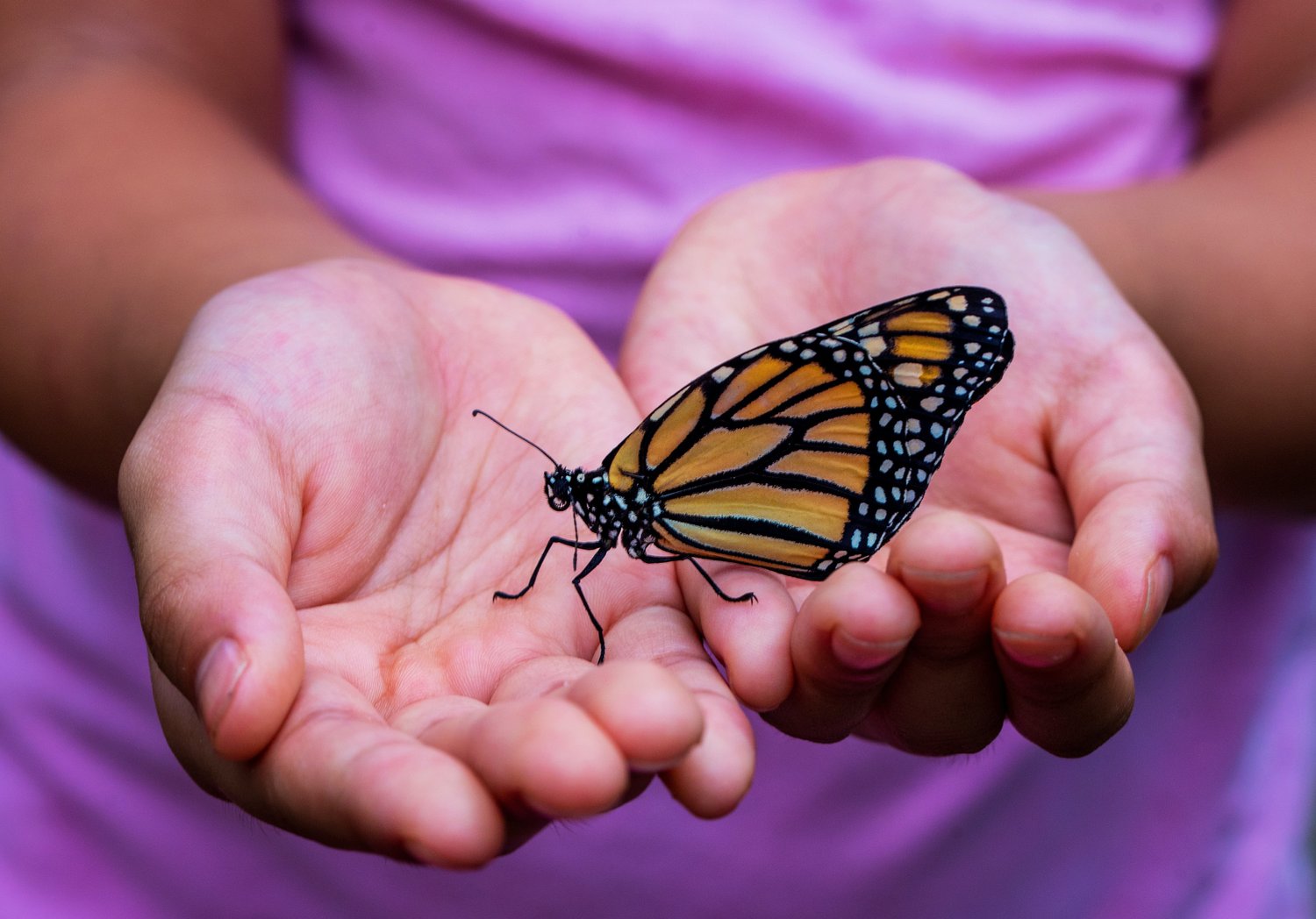Collecting can spark curiosity about the natural world, encouraging children to learn more about their specimens. Where did it come from? What is its purpose? Why was it left behind? They can sort and classify their nature objects based on different attributes, making their own mini museum. They can find creative ways to display their collection, and use them for craft projects or as loose parts in their play.
My son’s passion for collecting has strengthened his connection to nature by encouraging him to return to the same outdoor locations again and again. We make frequent trips to our neighbor’s yard, a prime snail shell hunting spot, looking at the same uprooted tree and checking under the same cactus leaves again and again. We have returned to the same dried creek bed numerous times, looking for seashells to add to his other collection.
These are not necessarily the most beautiful or the most wild places, but after many visits they have become special to us. And the nature treasures we find there hold special memories. Collections are just that: boxes of memories that can bring us back to the time and place where we made each important discovery.
Nature collections are a way of bringing the outside in, serving as a tangible reminder of outdoor adventures and the joy of exploring. Research shows that feeling connected to nature is the most important factor in encouraging young children to care for the environment, and collecting provides that connection in two ways. Not only do kids connect with nature by getting outside and finding new treasures, collections let them touch and hold nature long after the adventure ends.
Hopefully your next adventure will include a bucket or basket, some exciting discoveries, and the start of a beautiful collection.
*Note: At first glance, collecting nature objects seems to be at odds with the principle of “Leave No Trace,” which says that to protect natural areas, we should always leave what we find in nature. Of course there are certain settings where collecting is prohibited and certain species that need to be protected, but the same restrictions shouldn’t apply to collecting rocks or leaves from a neighborhood park. Instead of discouraging hands-on interaction like collecting, we can teach our kids that the rules change depending on the setting. There are many settings where the benefits of collecting and interacting with nature far outweigh any damage that kids may cause.




